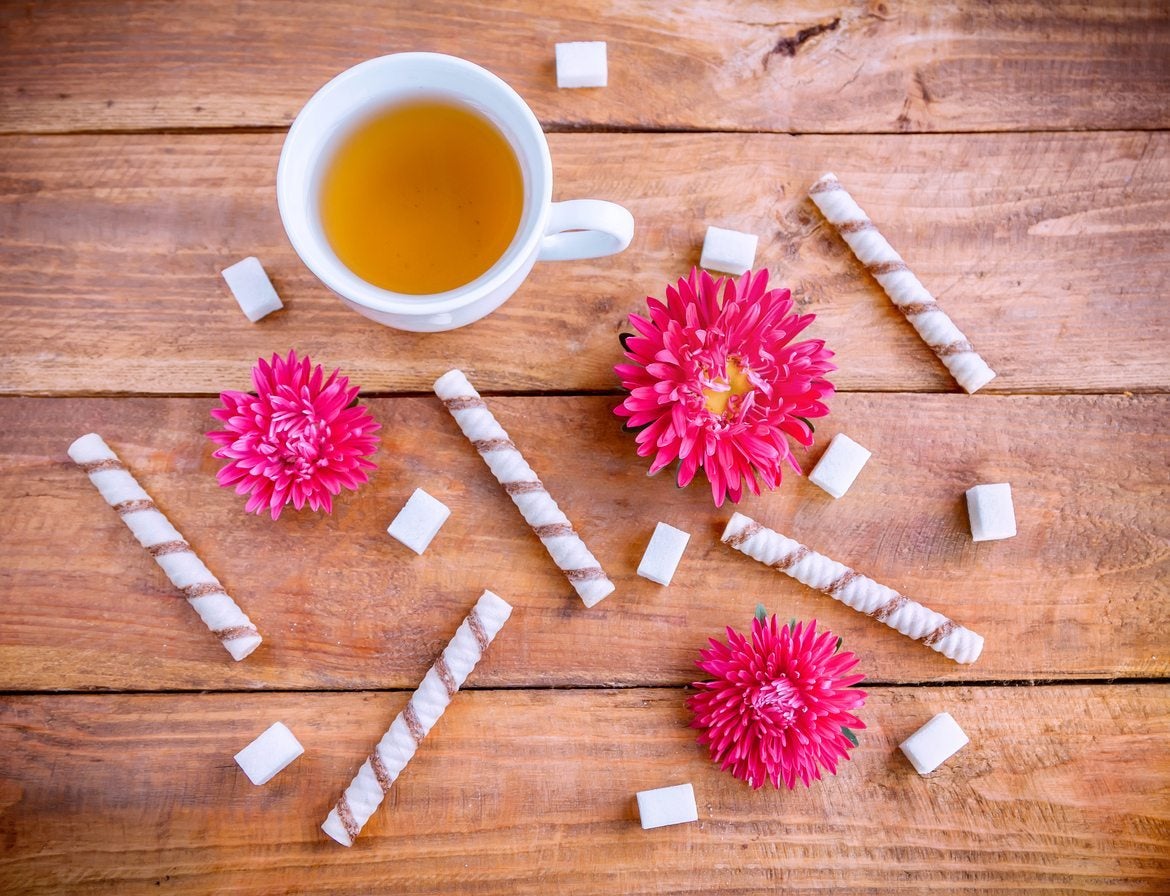Aster Plant Uses – Learn About The Edibility Of Aster Flowers

Asters are one of the last flowers in bloom for the summer season, with many blooming well into fall. They are prized primarily for their late-season beauty in a landscape that has begun to wither and dieback prior to winter, but there are other uses for aster plants. Keep reading to learn more about the edibility of aster flowers.
Can You Eat Asters?
Asters are gorgeous autumn perennials that can be found wild in North America and southern Europe. Also called starworts or frost flowers, the genus Aster includes about 600 species. The word ‘aster’ is derived from the Greek in reference to the multi-hued star-like blooms. The aster root has been used for centuries in Chinese medicine. How about eating the rest of the aster plant? Are asters edible? Yes, the leaves and flowers of asters are edible and are purported to have a number of health benefits.
Aster Plant Uses
The flowers and leaves can be eaten fresh or dried when eating aster plants. The Native American people harvested wild aster for a multitude of uses. The roots of the plant were used in soups and young leaves were cooked lightly and used as greens. The Iroquois people combined aster with bloodroot and other medicinal plants to make a laxative. The Ojibwa used an infusion of aster root topically to aid with headaches. Portions of the flower were also used to treat venereal diseases. Eating aster plants is no longer a common practice, but it does have its place among indigenous people. Today, while the edibility of aster flowers is not in question, they are more commonly used added to tea blends, eaten fresh in salads, or used as a garnish. Asters should be harvested in full bloom in the early morning after the dew has dried. Cut the stem about 4 inches (10 cm.) from above the soil level. Hang the stems upside down in a cool, dark area until the plant crumbles easily. The flowers will become white and fluffy but are still usable. Store the dried aster leaves and flowers in a sealed glass container out of sunlight. Use within one year. Disclaimer: The content of this article is for educational and gardening purposes only. Before using or ingesting ANY herb or plant for medicinal purposes or otherwise, please consult a physician or a medical herbalist for advice.
Sign up for the Gardening Know How newsletter today and receive a free copy of our e-book "How to Grow Delicious Tomatoes".

Amy Grant has been gardening for 30 years and writing for 15. A professional chef and caterer, Amy's area of expertise is culinary gardening.
